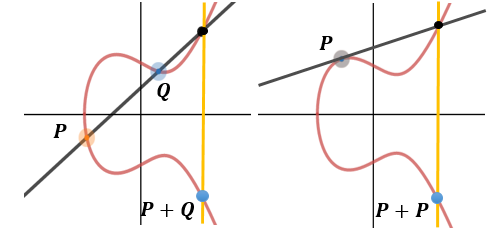Introduction

Currently, Intelligent Transport Systems (ITS) are actively developing. Their functioning is impossible without the creation of telecommunication systems that allow vehicles to exchange information with external devices (Vehicle-to-Everything, V2X). Vehicles collect information through various sensors, radars, lidars and cameras. To ensure autonomous driving and movement of cars in a dense formation (the so-called platooning), it is necessary to ensure the exchange of this information between different vehicles. The exchange of information can also be carried out with elements of road infrastructure, which makes it possible to ensure greater traffic safety through the transmission of warning messages by infrastructure objects. Besides,There are many other applications that provide driving comfort and safety, as well as reduce congestion and provide various entertainment services. Different applications give rise to different requirements for latency, reliability, and wireless data rates. However, in addition to network performance requirements, in many cases it is important that the transmitted data is protected. In this article, I would like to give a brief overview of the main mechanisms of the IEEE 1609.2 standard, which describes methods for protecting information in transport networks built using Wi-Fi technology.reliability and speed of wireless data transmission. However, in addition to network performance requirements, in many cases it is important that the transmitted data is protected. In this article, I would like to give a brief overview of the main mechanisms of the IEEE 1609.2 standard, which describes methods for protecting information in transport networks built using Wi-Fi technology.reliability and speed of wireless data transmission. However, in addition to network performance requirements, in many cases it is important that the transmitted data is protected. In this article, I would like to give a brief overview of the main mechanisms of the IEEE 1609.2 standard, which describes methods for protecting information in transport networks built using Wi-Fi technology.
DSRC
V2X (.: Dedicated Short Range Communications, DSRC), : IEEE 1609 IEEE 802.11p. IEEE , . .

IEEE 802.11p MAC OSI 5,9 ( 60 ). , , " Wi-Fi": 2,4 5 . "" , , , , , . , 5,9 , , . IEEE 1609.4 , , , . IEEE 1609.3 WSMP (Wave Short Message Protocol), TCP/UDP IP . IEEE 1609.3 , , . IEEE 1609.2 .
IEEE 1609.2
IEEE 1609.2 . SPDU (Secured Protocol Data Unit), . IEEE 1609.2 , . , , LLC, MAC, IEEE 1609.2 . , , . SPDU IEEE 1609.2 D:

, , , , - , , . (.: PKI, Public Key Infrastructure) . , , , , . SPDU. , , . , , , (.: Basic Safety Messages, BSM) beacon- ( Wi-Fi, ). , , .
V2X
, , IEEE 1609.2, . , 2 : . . , . , ( ). , , , - . , (.: Certification Authority, CA), . , 2 : , CA, , CA. , CA , . , .
, . , , , . . CA . . CA , , . CA . . . CA.
CA , , . :

CA (.: Road-Side Unit, RSU). , IEEE 1609.2 , OSI, RSU , , CA , ( , ). CA RSU.
. , , . , CA, . CA. ( , ).
, CA , - . , CA, . , , №1 №2, V2X.
IEEE 1609.2 (.: Elliptic Curve Digital Signature Algorithm, ECDSA). . , , . ECDSA , . , . . . ECDSA , (x, y) ( ):


- , 0 p - 1, p - , . p , . a b, ,
. . "0" , . - . , . , ,
, :


- , . , . : P M , M P . M P :

, , . , ( P Q), ( a b). , . ( P + P) , ( - a b) , . ECDSA . , . . ! . : x y :





, :




a, b p - ECDSA. , ECDSA , , G . G . ( ) ECDSA. - n , : nG = "0". . :

IEEE 1609.2 , ECDSA ( , ). CA. , , ECDSA.
ECDSA
ECDSA. , . - . , , - . - . ECDSA. , n, . IEEE 1609.2 2 -: SHA-256 SHA-384.
. d , [1, n - 1]. ( (p, a, b, G, n, h)):

, . , , . , ECDSA. - , p n. , IEEE 1609.2 ECDSA NIST P-224 p n :


ECDSA. (m - ):
1) - :

2) - :

3) - r = 0, №1
4) - :

5) - s = 0, №1
6) - m (r, s)
:
1) - , :

2) - :


3) - :

4) - :

(). P , :



, :



:

k s, , :

, :

, r : . 2 r .
IEEE 1609.2, , Wi-Fi. . V2X. ECDSA, IEEE 1609.2. ECDSA.